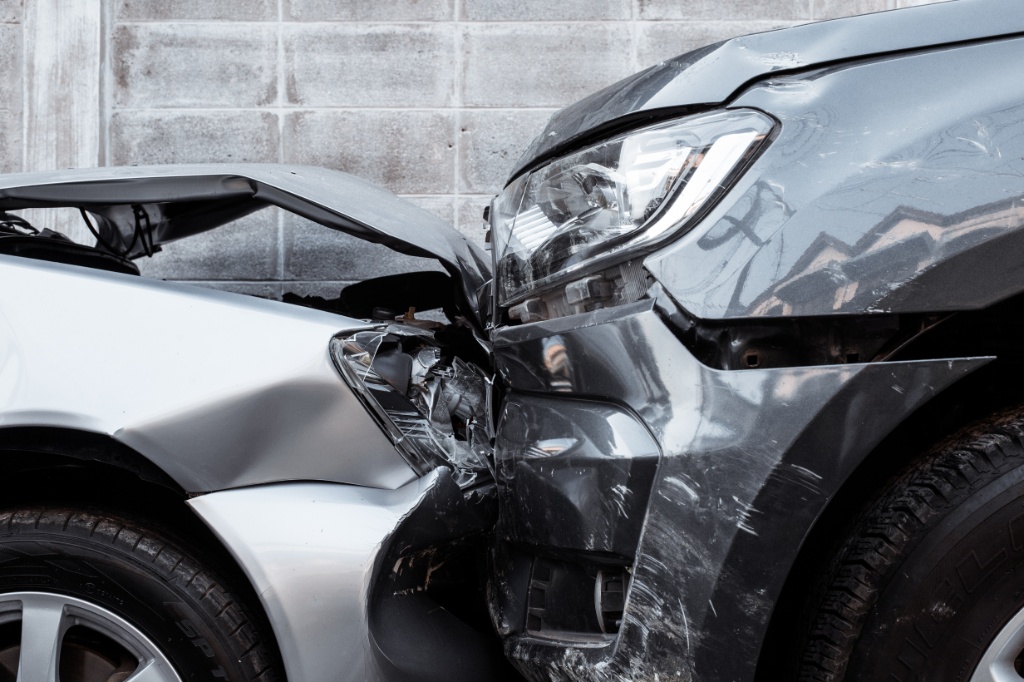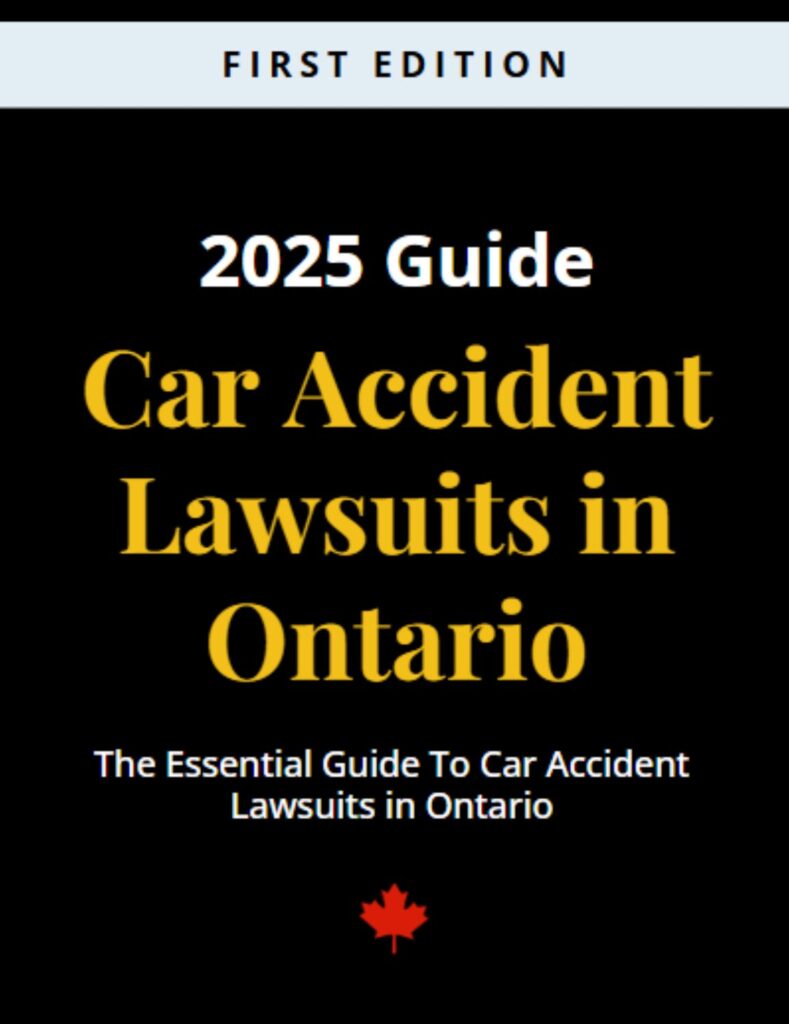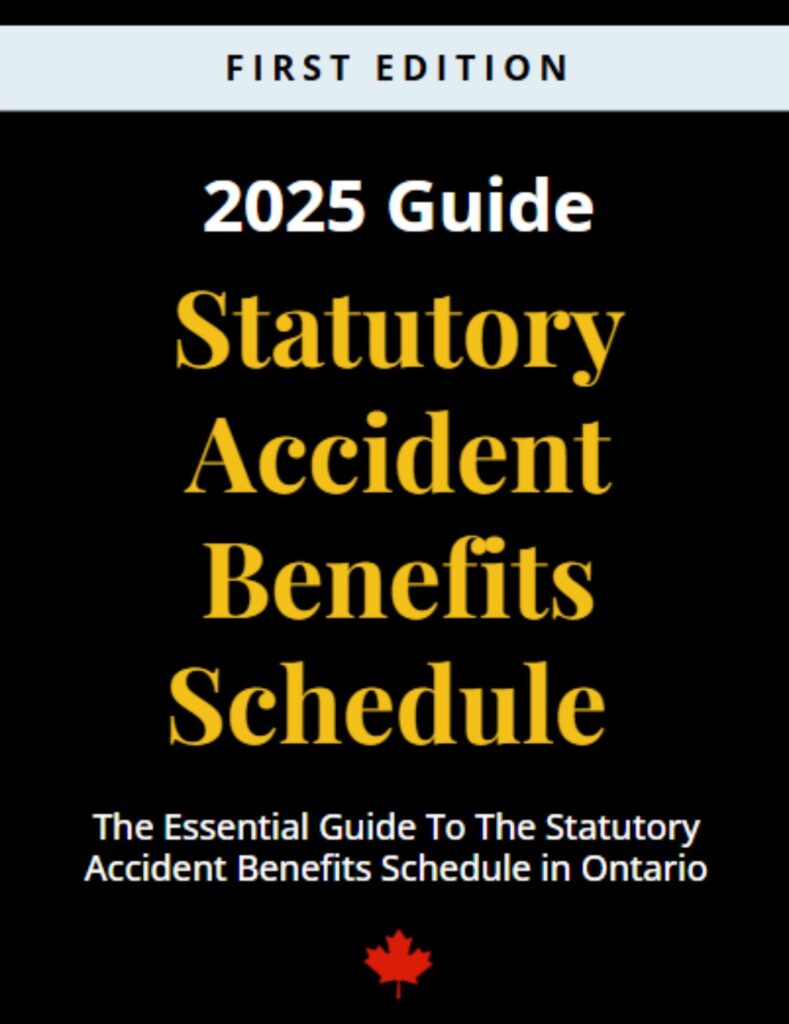Ajax Deep Lacerations Lawyer
Find out if you have a case today.
Contact our Ajax car accident lawyers for a free consultation if you have legal questions regarding your car accident claim.
Table of Contents
Any injury suffered in a car accident is a big deal, even if it is “only” a cut or scrape. Surely, there are more serious injuries that someone could sustain in an accident than a mere laceration? In truth, the seriousness of deep lacerations and the complications that arise from them should not be underestimated.
How Lacerations Happen In Car Accidents
It is not difficult to imagine how a laceration may occur in a car accident. In an accident, our bodies are thrust and bounced around the interior of the car. Any item, even if it is not considered a sharp item, can easily cause a cut or laceration.
In more serious accidents, people can be ejected from vehicles, especially when they are not wearing a seat belt. Often being ejected from a car means going through broken glass, which can cause not just serious cuts and lacerations, but severe nerve damage, as well.
Being ejected from a car also means landing on the ground, at a high speed, or from a distance in the air. Colliding with pavement or cement on the ground can easily tear skin and cause serious wounds.
LET US PUT OUR EXPERTISE TO WORK FOR YOU
Tell Us What Happened
Since 1959, we’ve helped thousands of Canadians get the compensation they deserve with their car accident claims. One of Canada’s oldest personal injury law firms, personal injury law is exclusively what we do. Book a free consultation today with our top-rated personal injury lawyers.
Our team is available 24/7 to speak with you.

Types Of Lacerations
We tend to think of every cut or laceration as being the same, but medically, lacerations are categorized. Aside from cut lacerations, which is the cutting of skin by a sharp object, such as metal, glass, or pavement on the ground, there are other types of lacerations:
- Stretching: A stretching laceration is exactly as it sounds; the skin tears because it is being stretched farther than it can stretch. This kind of laceration is not common in everyday life, but it does happen in accidents. Imagine, for example, a heavy object (like a tire or car door) landing on someone’s arm, and falling away, pulling the skin underneath it. There may not be any major internal injury, but the pulling of the skin in opposite directions causes a stretching laceration.
- Degloving: These kinds of injuries often happen to hands and arms, but can also happen to feet and legs. A degloving injury is the same as pulling a glove off. The skin is torn off of the arm or a finger. This can happen by having a heavy object land on it, but it can also happen by being dragged across pavement. The dragging along the pavement for a good distance peels away the skin. These kinds of injuries, where tissue is actually torn from the body, are also called avulsions.
- Split Lacerations: These are lacerations that involve crushing forces, which destroy the skin and muscle at the site of the pressure.
Just reading some of the types of lacerations should give you the idea that lacerations are not always minor, and that many should be considered quite serious and potentially life-altering injuries.
Long-Term Concerns From Deep Lacerations
One long term effect of a deep laceration injury is scarring. The extent of scarring can depend on someone’s genetics, the location of the laceration and the type of medical treatment received right after the injury.
- Scarring: Scarring can be minor and unnoticeable, but can also be so major that it affects someone’s psyche for years. Major and visible scarring can affect self-confidence and change someone’s perception of who they are. Although some scarring can be surgically removed, in most cases, multiple surgeries are needed, and there will always be some evidence of a wound at the laceration site.
- Blood Loss: Blood loss is the most immediate concern after someone has suffered a major laceration. A cut that is gushing blood and which goes untreated can lead the victim to go into shock and can become a life-threatening problem.
- Infection: Major lacerations may remain open for some time during the healing process. Open wounds may need to be packed with gauze or have stitches inserted and reinserted. One of the concerns while this is going on is infection. The wound leaves the insides of our bodies open to bacterial invasion. Additionally, the warm, moist areas at and around the laceration site during healing are breeding grounds for infectious bacteria. In some cases, an infection that is left untreated can lead to the loss of an arm or leg.
- Nerve Damage: When lacerations are deep, they do not just injure the skin, but they also affect the underlying nerves, leading to long term and permanent nerve damage. Even after a laceration has cosmetically healed, a victim may be left with loss of feeling at the laceration site, and in some cases, a complete loss of use of a muscle. For example, a facial laceration that severs facial nerves may leave a victim unable to completely smile, frown, or control parts of the face.
Getting Medical Help
Remember that after an accident, you may have no idea how bad or significant a laceration is just by looking. Do not think that you have sustained “just a scrape,” especially if your laceration has blood spurting out (a sign that an artery or vein may have been injured), or bleeding does not stop by itself after five to 10 minutes.
A simple laceration may only qualify as a minor injury under Ontario’s insurance laws, but many lacerations are more serious, involving damage to tissues and nerves, or which may include major scarring or infection, or which may need multiple surgeries. Getting medical help as soon as possible and following up with your doctor will not only make sure that you heal properly but will help document your injuries to an insurance company if you need to make a claim for damages.
Preszler Law Can Help You
The injury lawyers at Preszler Injury Lawyers can help you investigate your case and provide evidence to help you obtain the benefits and damages that you are legally entitled to. Call us today to discuss your injuries and your accident.
Do you live in Ajax? Here’s how we can help:
Proudly Canadian
Award Winning Personal Injury Law Firm
We are proud to be one of Canada’s oldest and long-standing personal injury law firms. Since 1959, we have been providing exceptional legal services and have established ourselves as leading personal injury lawyers in the Canadian legal community. It’s not just the awards that recognize our achievements, but also the wins we’ve achieved for thousands of Canadians with their car accident claims.



Case Results
car accident Settlements
Please note that past results are not indicative of future results as each scenario presents itself with its unique set of circumstances. But here are some car accident related wins we’ve had for our clients.
More car accident Topics
Here’s more information on car accident related topics that we think you might find helpful.

car accident
|
March 19, 2025
Recognizing Concussion Signs After a Car Crash
The shock of a car crash can be overwhelming. The resulting injuries can be devastating, particularly concussions. Recently, there has been an increasing awareness of…

car accident
|
July 3, 2024
Motor Vehicle Fatalities on the Rise in Canada – 2024 Data Study
Overall Findings: After three decades of decline, the number of motor vehicle fatalities in Canada went up by 6% in 2022 The number of fatalities…

car accident
|
September 13, 2023
Traffic Signals: Be Careful Even on a Green Light
From a young age, we are taught that our traffic signals designate directions by colour: red means ‘Stop ‘; green means ‘Go.’ Designating traffic directions…
More car accident Video Resources
We also have some videos on the topic of car accident claims
car accident FAQs
Here are some commonly asked questions for car accident claims
How soon after an accident can I start receiving loss of income benefits?
Loss of income benefits are typically paid to injured victims of motor vehicle accidents once their claim has been approved by their auto insurance provider. To receive these benefits, you may be required to provide your insurer with documentation from your employer, physicians, and other medical experts stating that your injuries prevent you from working. You will not be granted loss of income benefits for any wages lost during the first 7 days after the injury-causing collision, however you may be eligible to claim lost income for missed working days after that time limitation has elapsed.
What happens if my injuries meet the threshold of catastrophic impairment?
If your injuries meet the threshold of catastrophic impairment, you may be entitled to additional benefits such as increased medical and rehabilitation benefits, attendant care benefits, and housekeeping and home maintenance benefits.
Do my family members have the right to sue the at-fault driver?
Close family members of a person who has been injured or killed in a motor vehicle accident may be able to sue the at-fault driver for their own losses such as loss of care, guidance, and companionship.
How much money can I receive to cover lost wages before and after trial?
The amount of income replacement benefits you can receive will depend on your pre-accident income, but typically these benefits can cover up to 70% of your gross income before the accident, up to a maximum of $400 per week. If you pursue a civil claim against the at-fault driver whose negligence caused your collision, you may be able to recover 100% of your gross income loss and earning capacity after the trial.
Got more questions?
If you have more questions or need legal help regarding car accident claims, contact our legal team for help.
We’re happy to help.
INJURED IN AN ACCIDENT IN Ajax?
Book a FREE Consultation
With Our Legal Team Today
Our phone lines are available 24/7
During your free consultation you will find out if you have a case worth pursuing as well as answers to any legal questions you may have.


